
Banned books by Hispanic/Latino/Latinx authors in PA
The Journalism Lab on Higher Education has compiled 6 books banned by Hispanic/ Latino/ Latinx authors.
Critical theory is under attack in a relentless crusade to impede the open discussion of racism, sexism, and issues of systematic inequality in the classrooms. PEN America’s Index of School Book Bans reports that from July 2021 to June 2022 that 2,539 books were banned—671 LGBTQ titles, 659 titles with protagonist or prominent secondary characters of colors. The list is extensive but primarily targets the need for representation in literature. However, since last July and the end of March of this year, The Central York School District (Pennsylvania) was responsible for 441 of the books banned, making Pennsylvania the second state with the most bans being Texas with 713 books. PEN America further reports that 338 titles addressing issues of race and racism and 357 titles discussing sexual experiences of teenager, pregnancy, sexual assault and aborting were banned as well.
Some of the books banned by Hispanic, Latino, Latinx authors are:
1. Pedagogy of the Oppressed by Paulo Freire; Mayra German Ramos (translator)
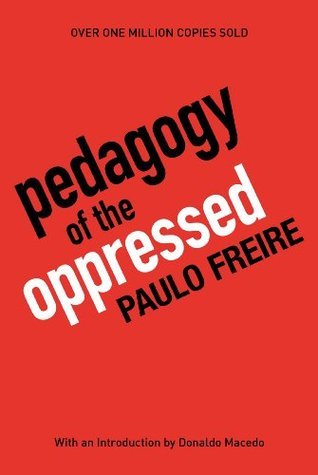
Pedagogy of the Oppressed has helped to empower countless impoverished and illiterate people throughout the world. Freire's work has taken on special urgency in the United States and Western Europe, where the creation of a permanent underclass among the underprivileged and minorities in cities and urban centers is increasingly accepted as the norm. With a substantive new introduction on Freire's life and the remarkable impact of this book by writer and Freire confidant and authority Donaldo Macedo, this anniversary edition of Pedagogy of the Oppressed will inspire a new generation of educators, students, and general readers for years to come.
2. The House on Mango Street by Sandra Cisneros

Acclaimed by critics, beloved by readers of all ages, taught everywhere from inner-city grade schools to universities across the country, and translated all over the world, The House on Mango Street is the remarkable story of Esperanza Cordero.
Told in a series of vignettes – sometimes heartbreaking, sometimes deeply joyous–it is the story of a young Latina girl growing up in Chicago, inventing for herself who and what she will become. Few other books in our time have touched so many readers.
3. Bless Me, Ultima by Rudolf Anaya (Introduction) Erika L. Sanchez (foreword)

Antonio Marez is six years old when Ultima enters his life. She is a curandera, one who heals with herbs and magic. 'We cannot let her live her last days in loneliness,' says Antonio's mother. 'It is not the way of our people,' agrees his father. And so Ultima comes to live with Antonio's family in New Mexico. Soon Tony will journey to the threshold of manhood. Always, Ultima watches over him. She graces him with the courage to face childhood bigotry, diabolical possession, the moral collapse of his brother, and too many violent deaths. Under her wise guidance, Tony will probe the family ties that bind him, and he will find in himself the magical secrets of the pagan past—a mythic legacy equally as palpable as the Catholicism of Latin America in which he has been schooled. At each turn in his life there is Ultima who will nurture the birth of his soul.
4. House of Spirits by Isabel Allende
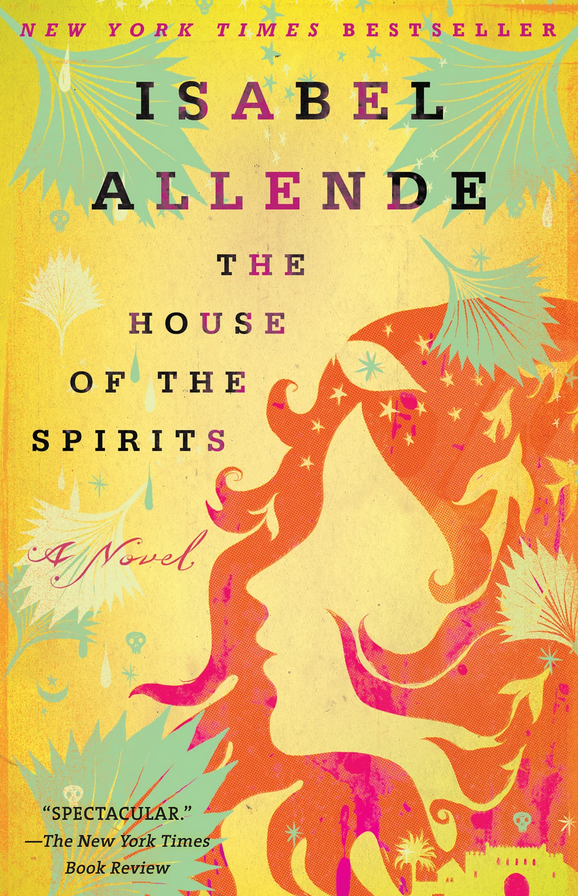
RELATED CONTENT
In one of the most important and beloved Latin American works of the twentieth century, Isabel Allende weaves a luminous tapestry of three generations of the Trueba family, revealing both triumphs and tragedies. Here is patriarch Esteban, whose wild desires and political machinations are tempered only by his love for his ethereal wife, Clara, a woman touched by an otherworldly hand. Their daughter, Blanca, whose forbidden love for a man Esteban has deemed unworthy infuriates her father, yet will produce his greatest joy: his granddaughter Alba, a beautiful, ambitious girl who will lead the family and their country into a revolutionary future.
The House of the Spirits is an enthralling saga that spans decades and lives, twining the personal and the political into an epic novel of love, magic, and fate.
5. Like Water for Chocolate by Laura Esquivel

Earthy, magical, and utterly charming, this tale of family life in turn-of-the-century Mexico became a best-selling phenomenon with its winning blend of poignant romance and bittersweet wit.
The number one bestseller in Mexico and America for almost two years, and subsequently a bestseller around the world, Like Water For Chocolate is a romantic, poignant tale, touched with moments of magic, graphic earthiness, bittersweet wit - and recipes.
A sumptuous feast of a novel, it relates the bizarre history of the all-female De La Garza family. Tita, the youngest daughter of the house, has been forbidden to marry, condemned by Mexican tradition to look after her mother until she dies. But Tita falls in love with Pedro, and he is seduced by the magical food she cooks. In desperation, Pedro marries her sister Rosaura so that he can stay close to her, so that Tita and Pedro are forced to circle each other in unconsummated passion. Only a freakish chain of tragedies, bad luck and fate finally reunite them against all the odds.
6. How the Garcia Girls Lost their Accents by Julia Alvarez
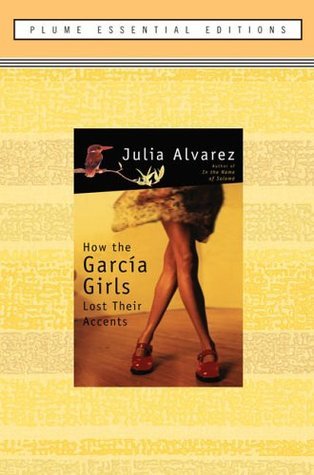
Uprooted from their family home in the Dominican Republic, the four Garcia sisters - Carla, Sandra, Yolanda, and Sofia - arrive in New York City in 1960 to find a life far different from the genteel existence of maids, manicures, and extended family they left behind. What they have lost - and what they find - is revealed in the fifteen interconnected stories that make up this exquisite novel from one of the premier novelists of our time.



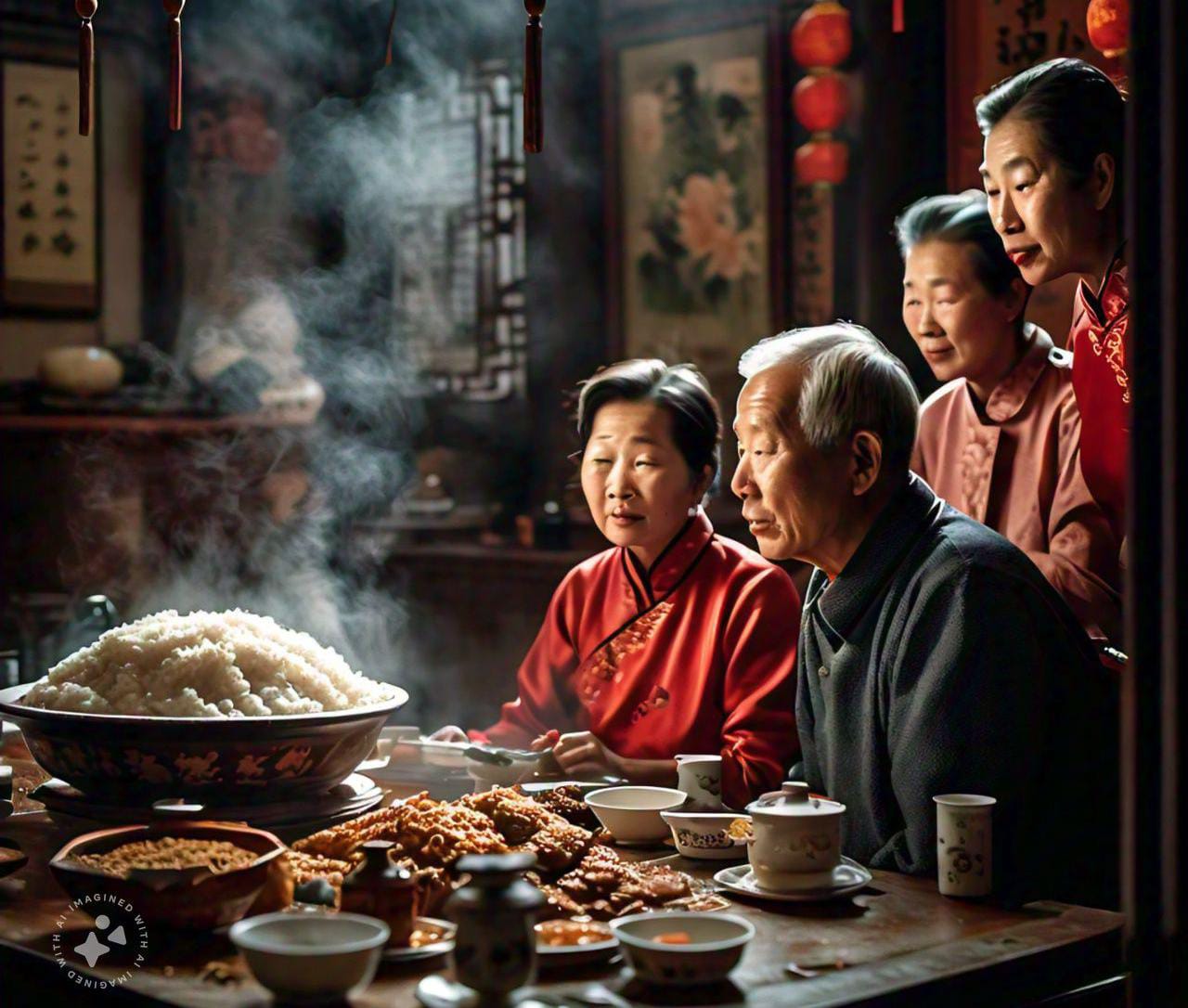


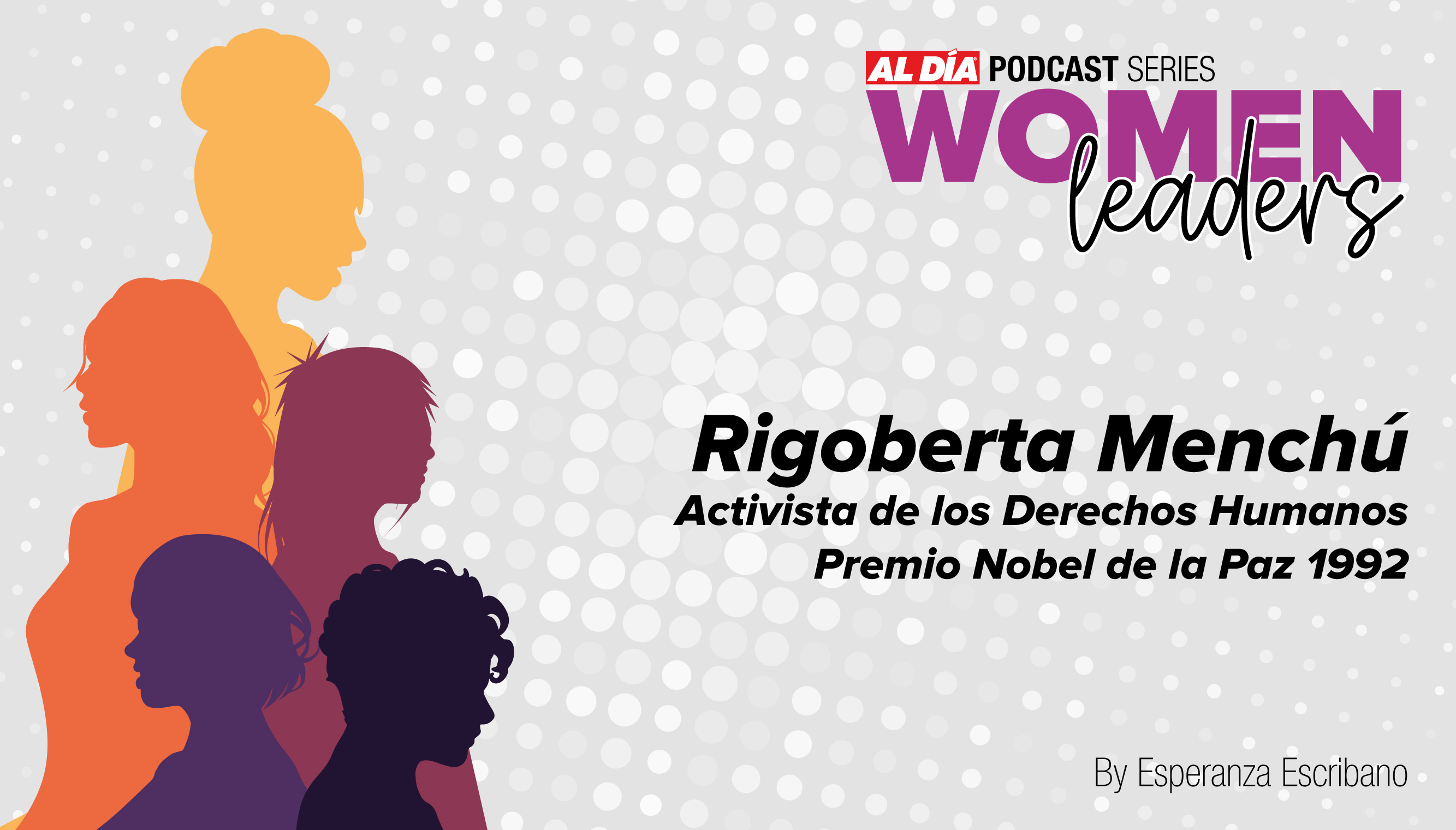




LEAVE A COMMENT: